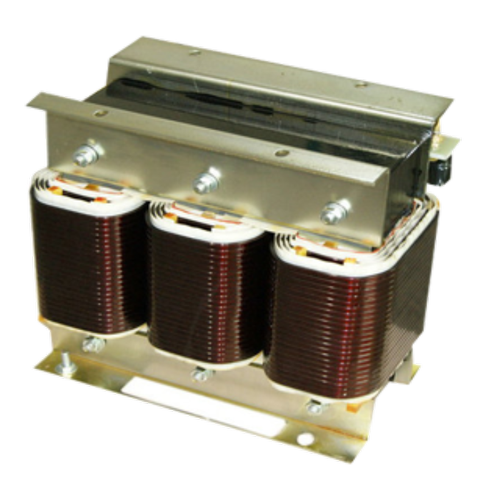Isolation Transformer
An isolation transformer is a transformer with physically separate primary and secondary windings that prevent unwanted noise from being transferred from the input circuit to the output windings. How an isolation transformer works is that it does not change the power or voltage and current levels. Rather, it provides an additional layer of protection to the distribution system for circuits reserved for access by non-engineering personnel and for circuits accessible to unspecified electrical equipment.
Isolation transformers are used for isolation and voltage scaling in data line and power supply applications. Isolation transformers generally serve three main purposes.
- To connect circuits with grounds at different potentials
• to prevent the flow of direct current between sections of circuits. It is called galvanic isolation
• another purpose of isolation transformers is voltage transformation. That is to step up or step down a voltage from one to the other
Isolation transformers are also known as power supply transformers, signal transformers, data line transformers, communication transformers, interface transformers, data interface transformers, industrial-communication transformers, and miniature transformers.
Let us also see in which applications isolation transformers are used
• Low voltage (3.3 to 24 V) isolated DC-DC power supplies up to 7.2 Watts
• Industrial and building automation and control systems
• PCMCIA thin card drivers up to 750 mW
• Multipoint data transmission systems
• Isolated 4 – 20 mA current loops for process control
• Transducer and actuator controls
• Data acquisition (DAQ) systems
• Isolated analog to digital conversion (ADC)
• Serial Peripheral interfaces (SPI)
• Inter-integrated Circuit (I2C) interfaces
• Half-bridge, Full-bridge, and Push-pull low voltage isolated DC-DC power supplies

